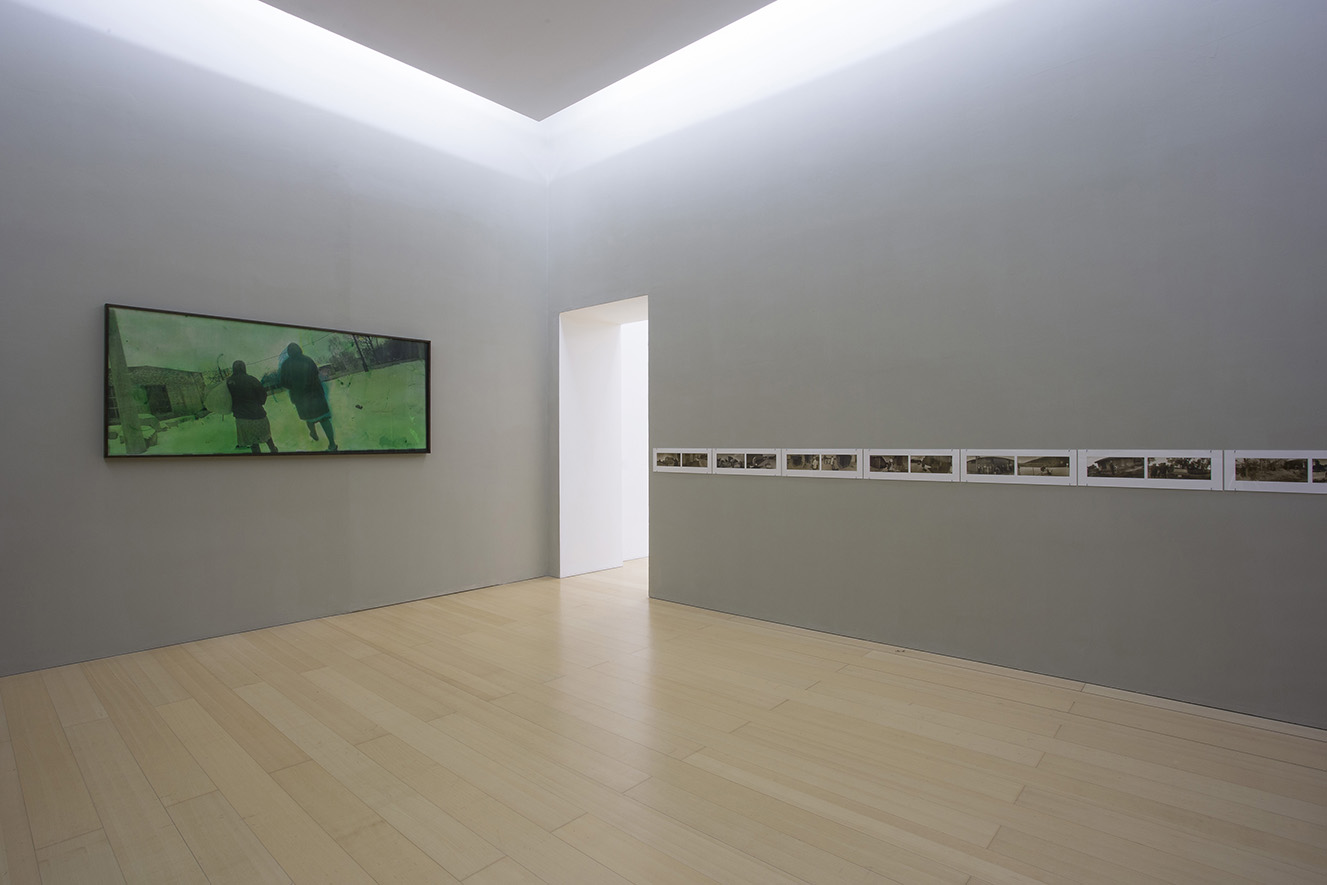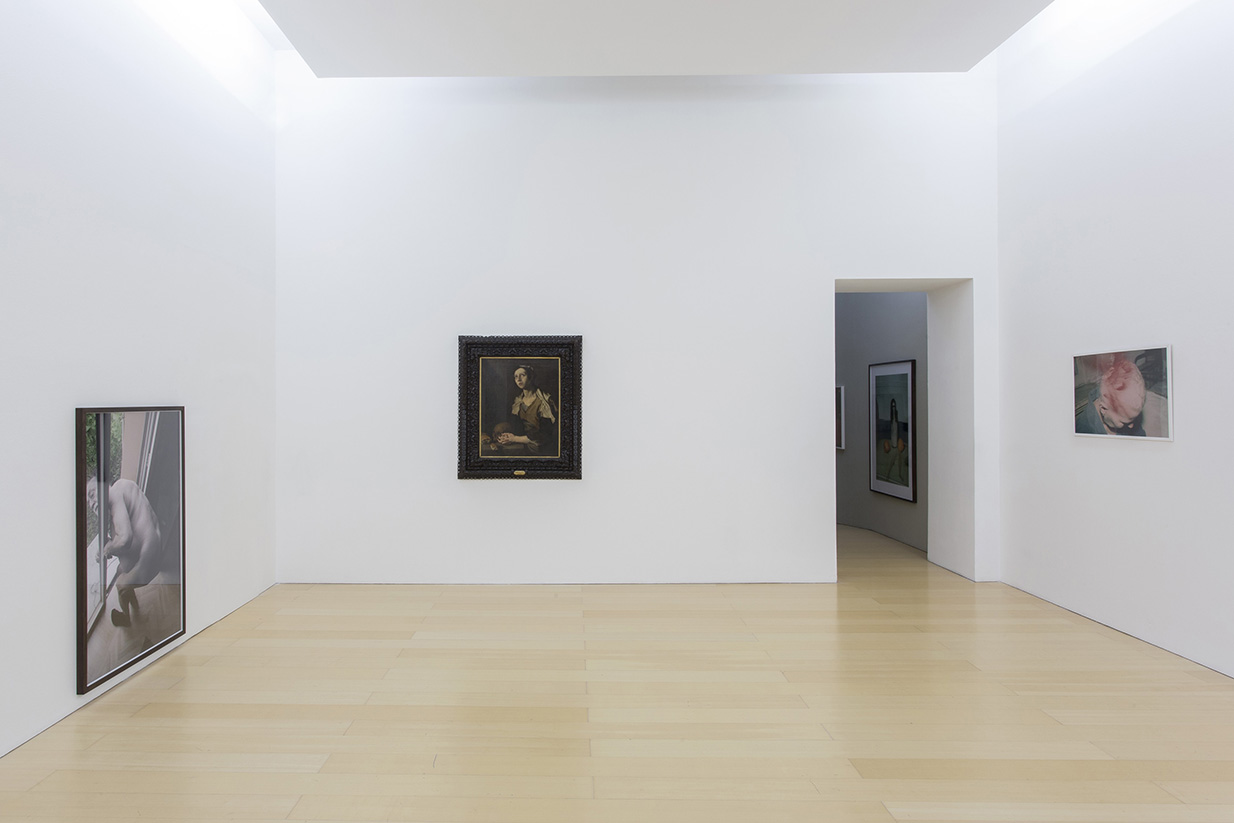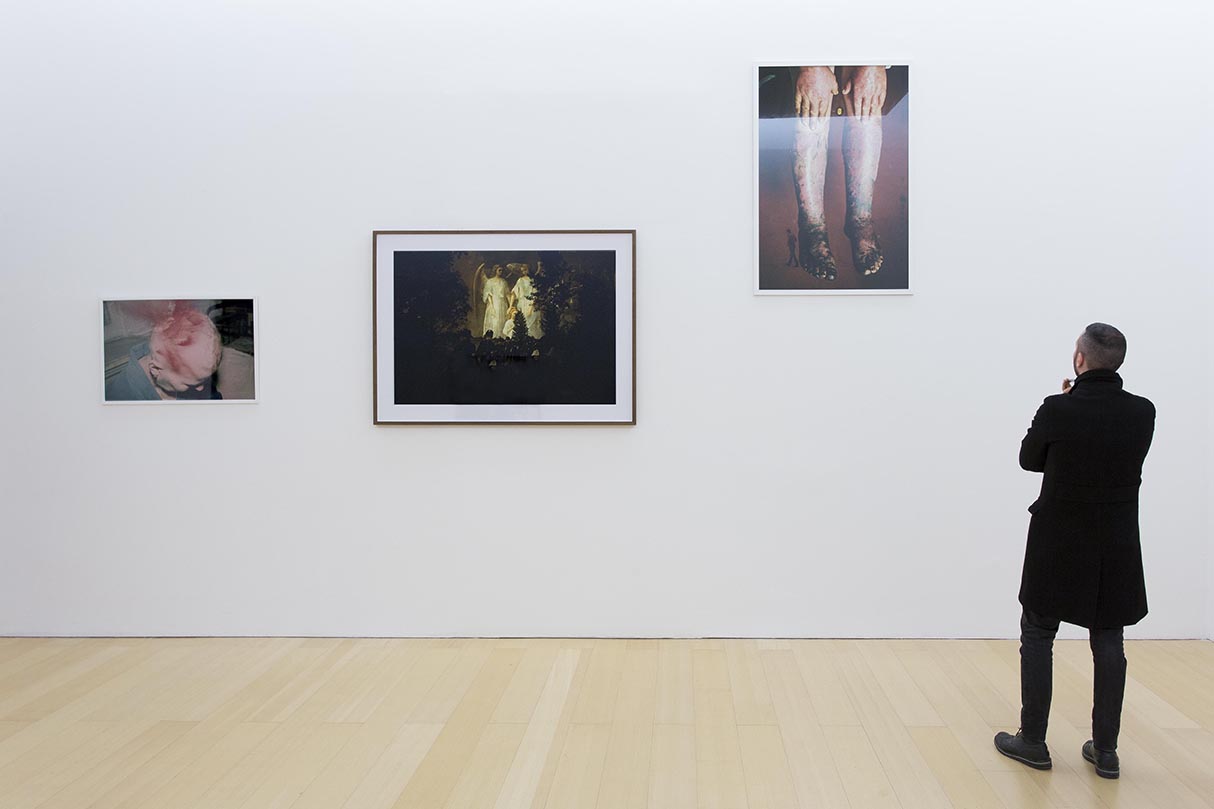Boris Mikhailov
I am not I
November 2015 – February 2016
Madre Museum, Naples, Italy
I am not I is the first exhibition by an Italian public institution devoted to Boris Mikhailov, together with the retrospective which, in autumn 2015, was held by Camera-Centro Italiano per la Fotografia in Turin.
Mikhailov is one of the most influential contemporary photographers. Born in Ukraine, his work – begining in the 1960s while working as an engineer in a factory – was repeatedly boycotted by the Soviet regime. In his photographic series, Mikhailov deals with a broad range of themes, investigating the far-reaching, radical, and often traumatic changes that have affected his homeland and still do.
The social disintegration that followed the collapse of the Soviet Union, in terms of community structures and living conditions, as well as its impact on individual consciences, is raised in Mikhailov’s images to a universal value capable of representing the contemporary identity in its fragmentation between inclusion and exclusion, progress and marginalization, identity and displacement, migration and permanence. In this way, he bears witness to an irrepressible dignity as well as the common ethical roots of all human beings.
The human body is often featured, uncensored in its suffering and frailty, as in the series that gives its name to the exhibition, I Am Not I (1992). Here the artist depicts an exhilarating sequence of actions that are both classical and mocking. The images caused a scandal when they were displayed for the first time, resulting in the closure of the exhibition by the Soviet police. Yet in their poetic irony and radical sincerity, they present the self- portrait (a recurrent theme in the artist’s practice) of an individual who, though relegated to the margins, finds a surreal, estranging liberation in artistic expression.
The exhibition at Madre explores the theme of the portrait and the self, hence the intimately autobiographical matrix of all Mikhailov’s research. The artist turns the gaze of his camera onto the recesses of reality, echoing the tones of great European art, from Baroque painting to a concern for the “defeated” of 19th century painting and photography, and leading to a search for personal and civil responsibility peculiar to the historical avant-garde of the 20th century, whose utopian and experimental impulse the artist shares. These possible influences and references are embodied in the exhibition in the juxtaposition between Mikhailov’s triptychs and photographs in small format and two paintings by the Spanish Caravaggesque artist Jusepe de Ribera (Xàtiva, 1591-Naples, 1652) respectively representing St. Paul the Hermit (c. 1638) and St. Mary of Egypt (1651). The image of an aged or suffering body, the unashamed mourning for its deformation and decay or its mortification and suffering express a shared longing for transcendence in the face of global corruption. In Mikhailov’s triptychs (including Self-Portrait, especially conceived for the exhibition), the colors are somber, evoking – in poses symbolically hovering between interior and exterior, present and future, life and death – the disintegration of the flesh after death and our destiny as mortal beings, yet, at the same time, the force of endurance and redemption.
The other series in the exhibition, including Yesterday Sandwich (1972- 1975), Salt Lake (1986), By the Ground (1991), Football (2000), Superimpositions from the 60/70s and The Wedding (2005), are so many chapters of a story that oppose banality, fractures or the grotesque of history with the resilience of many individual stories, sometimes playful, sometimes merciless.














